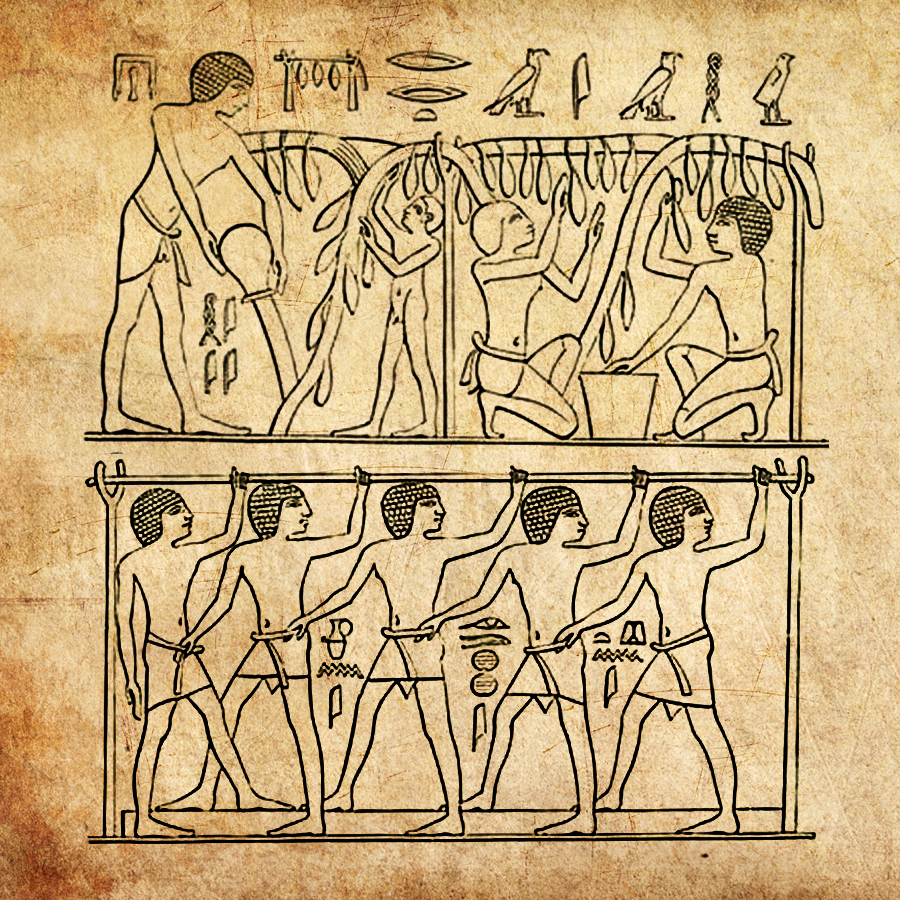
The earliest record of a dedicated space for food preparation comes from Ancient Egypt, where homes featured wood stoves used to bake bread and cakes. The Egyptians, who also invented beer, established a tradition of home-based cooking. In Ancient Greece, the rise of the aristocracy turned dining into a highly social and almost artistic experience, with kitchens often attached to open-air patios in wealthier homes. In the grandest houses, kitchens were located indoors, where the stove’s warmth also heated the home, and adjoining storage rooms kept food fresh.
During the Roman Empire, feasts grew increasingly lavish among the elite. Most Romans, however, didn’t have kitchens in their homes; instead, they relied on communal kitchens in city centers. Across ancient societies, kitchens were often separated from dining areas due to the challenge of managing fire and smoke, as exhaust technology had yet to be developed. These preparation areas were typically operated by servants or enslaved individuals.
As the influence of the Catholic Church grew, gluttony and the social nature of large feasts became frowned upon, aligning with the doctrine of capital sins. Over time, this cultural shift led to a decline in collective kitchens and large public meals.